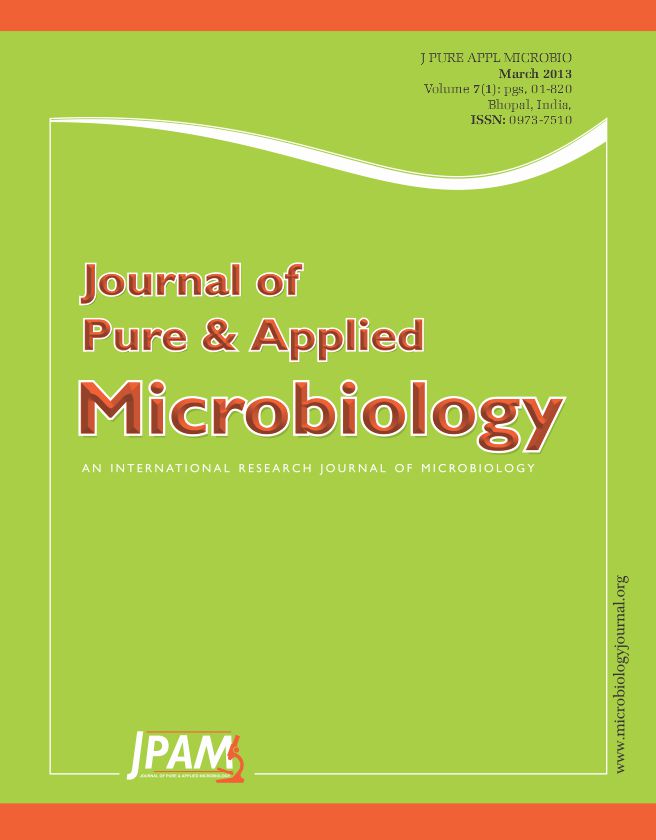The alkaline endoglucanase gene from B.akibai I-1 was cloned into expression vector pET-28a(+) and expressed in E.coli BL21(DE3). It was found that the recombinant enzyme could be expressed in a soluble form with activity under the optimal conditions of 23-30°C and 0.2 mM IPTG. The secretion and expression level of the soluble recombinant enzyme could be greatly enhanced by addition of EDTA and lysozyme. Addition of lysozyme alone had little influence on the secretion and expression, while the combination use of 0.5% EDTA and 0.015% lysozyme at the induction time of 12h increased the secretion and expression level by about 11.5-fold and 83%, respectively. Under the optimal conditions, extracellular and total activities reached 26.5 and 40.0 U/mL, respectively. The recombinant and native endoglucanases were purified to homogeneity with column-chromatographic procedure. Both purified enzymes exhibited maximum activity at about pH 9.0 and 50°C, and were resistant to various metal ions and chelating agents examined. Unlike the native enzyme which was partly inhibited by sodium dodecyl sulfate(SDS), the recombinant enzyme had good SDS-resistance(residual activity>99%). The recombinant enzyme was very stable in the commercial detergents and no decrease in residual activity was observed in 0.2%(w/v) laundry detergent, showing great potential in detergents industry.
Alkaline endoglucanase, Escherichia coli, Soluble expression, SDS-resistance
© The Author(s) 2014. Open Access. This article is distributed under the terms of the Creative Commons Attribution 4.0 International License which permits unrestricted use, sharing, distribution, and reproduction in any medium, provided you give appropriate credit to the original author(s) and the source, provide a link to the Creative Commons license, and indicate if changes were made.


